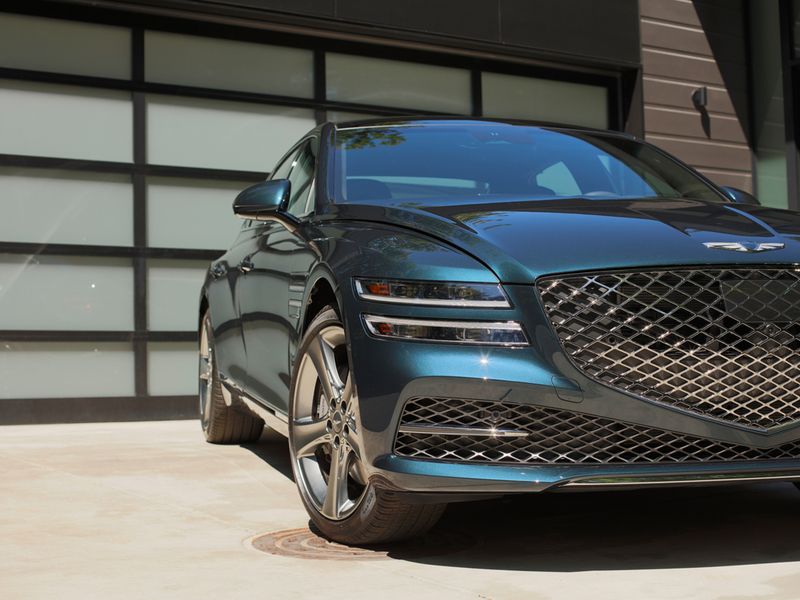
WASHINGTON — A study from the Insurance Institute for Highway Safety found that headlights that earn top ratings in an evaluation program are linked to lower nighttime crash rates.
The study released Thursday found nighttime crash rates per mile are about 20 percent lower for vehicles with headlights that earn a “good” rating in the IIHS evaluation vs. those with “poor” ratings. Crash rates for vehicles with “acceptable” headlight ratings are 15 percent lower compared with those earning poor ratings. Those with “marginal” ratings are 10 percent lower.
The study, which evaluated 44,000 single-vehicle crashes that occurred in darkness, also found that compared with poor-rated headlights, good-rated lights reduced rates of incidents in which the driver was injured by 30 percent. Good-rated headlights also reduced tow-away crashes and pedestrian crashes by about 25 percent vs. poor-rated ones, according to the study.
“Driving at night is three times as risky as driving during the day,” said Matthew Brumbelow, a senior research engineer at the IIHS, who conducted the study. “This is the first study to document how much headlights that provide better illumination can help.”
IIHS, an insurer-funded nonprofit group that analyzes how to make motor vehicles safer, said the study highlights how more stringent federal headlight regulations are needed. The federal safety standard — which hasn’t been significantly updated since 1968 — specifies brightness levels for headlights at various angles but doesn’t consider how well they are aimed once installed in a vehicle, the institute said. It also doesn’t take into account newer technology such as curve-adaptive headlights that may change orientation when the vehicle is moving.
A $1.2 trillion infrastructure bill passed by the Senate in August directs the Department of Transportation and NHTSA to issue a rule amending the current regulation to include performance-based standards for headlights. The bipartisan legislation awaits a vote by the U.S. House of Representatives.
IIHS rates headlights on the distance that low and high beams illuminate straight and curved roads. Extra points are given to systems with high-beam assist, which automatically switches between high and low beams. Points are deducted for headlights that produce glare and momentarily blind oncoming drivers.
The institute added headlight ratings to its awards criteria for Top Safety Pick and Top Safety Pick+ in 2017.
Vehicles must have “good” or “acceptable” headlights as standard equipment to qualify for IIHS’ Top Safety Pick+ award. Headlights rated “good” or “acceptable” can be optional equipment for the Top Safety Pick award.
To date, the institute said, it has rated about 1,000 headlight systems, allowing Brumbelow to examine how headlights with different ratings affect crash rates.
By requiring high-quality headlights in its awards criteria, IIHS said it has incentivized automakers to improve headlights on more vehicles, including the 2021 Acura RDX, BMW 5 Series, Genesis G80, Hyundai Palisade and Subaru Outback.
“Our awards have been a huge motivator for automakers to improve their headlights,” Brumbelow said. “Now, with our new study, we have confirmation that these improvements are saving lives.”

